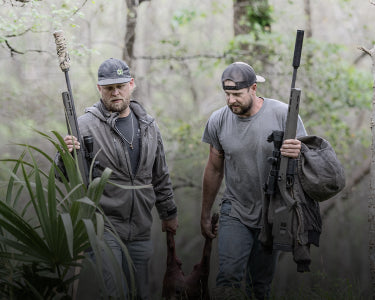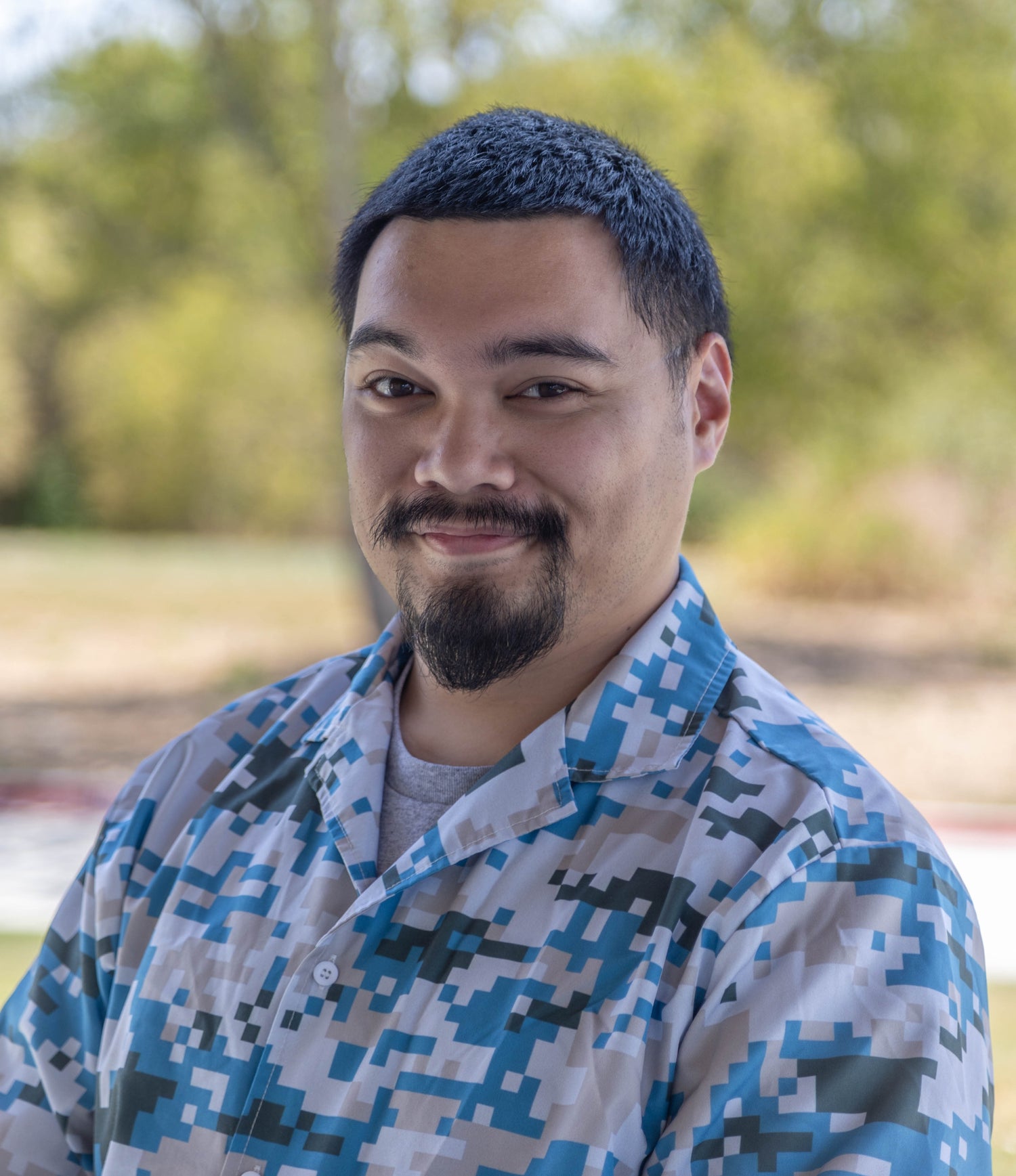In this second part of USPSA shooter Chris Spence's interview, we discuss the human factor involved in practical shooting. Even if you have the best gear money can get, the accuracy, speed, and power of a shot is completely at the whim of the person behind the trigger.
How do you structure your training when not competing to maintain and improve your USPSA skills?
USPSA, as a game format, tests competitors’ ability to execute a handful of skill sets which will need to be honed and refined to improve performance and escalate the classification system from Unranked to Grand Master. These include:
- Draw of the handgun / Mount of the carbine
- Efficient sight acquisition and sight alignment
- Effective trigger press / Trigger control
- Transitions between targets (combination of 2 & 3 above)
- Safe movement between positions
- Reloading
I structure my training to cover each of the six areas listed above with a combination of live and dry fire. My training also varies by time of year. During the off-season (Dec – Mar) I will invest more time in dry firing, refining my reaction time and mobility, while I will adjust the balance of dry/live fire in the competition season (April – Nov) to 70% / 30% to continually hone my skillset with addition of maintenance of the skills with recoil.
The author does a live fire drill on steel plates with his Mini Shot M-Spec M1 FMS.
My dryfire routine took time for me to develop and I credit elite competitors like Ben Stoeger and Joel Park who co-authored and published Practical Shooting Training (ISBN#: 979-8593500014), which has become my #1 recommendation to new competitors. Additionally, I have benefitted from taking classes from other elite competitors such as Rob Epifania, Trevon Barber, Sam Callahan and Mason Lane. While each of them has a different style of teaching, they always give due importance to individual student feedback, which I use to structure the dryfire to hone and master my own skills.
What drills or techniques have you found most effective for performing quicker and more efficient reloads in USPSA?
The reload has five components:
- Disengagement of the grip by the support hand to retrieve a new ammunition source.
- Grasping the new ammunition source from storage (e.g., belt or chest rig).
- Inserting the new ammunition source into the firearm.
- Performing remedial action as needed (including manipulation of the safety or racking of the slide/bolt).
- Re-establishing the grip with both the fire-control and support hands.
To be effective with reloads, I have invested time in learning the natural movement of my body and then organized my gear to align with my movement patterns to create efficiency. Finally, I isolate each of the components of the reload and work on creating muscle memory for the correct execution of each. The use of a camera has paid dividends in my training as I am able to evaluate my completion of the drills and make constructive revisions. I’ll even push myself to execute the dry fire reload drills while blindfolded to test my spatial awareness.
What do you consider to be the most challenging aspect of USPSA competition, and how do you overcome it?
Since the USPSA attracts competitors from all walks of life, experiences, and backgrounds. As a result, a novice competitor with middling marksmanship abilities and no game format experience may be partnered with a Grand Master who has developed a wealth of knowledge and expertise. The first challenge is the sheer intimidation, which is 100% self-imposed by the new competitor by comparing their skillset to that of a Grand Master.

Another challenge is understanding the game format, even for those with extensive shooting skills. USPSA has established a set of rules that allow for the sporting use of firearms, with non-negotiable rules and penalties for infractions. The most important rule is the 180 rule, which prohibits competitors from rotating the muzzle of their firearms beyond an imaginary 180 degree semicircle in front of them. This prevents the firearm from being up range, which is not a safe direction because it’s where the range officials and other competitors stand.
My recommendations are as follows:
- First, accept that there will always be more skilled competitors than you, some of whom may be juniors. There’s an emotional response to being outperformed by a teenager, but it’s more productive to use that emotion as a motivator to invest in skill development.
- Be honest with your intentions for getting involved in the sport and invest the appropriate training time according to your goals. If you want to become a Grand Master but only invest D Class time in training, you’ll end up frustrated.
- Learn the rulebook. This can be daunting, but it is immensely valuable.
- Be disciplined with your training and avoid the trap of constantly changing and chasing new gear, as this won't address a skill deficit.
- Finally, understand that you are only in competition with yourself. Set your expectations to continually improve and strive to be a better version of yourself.
Have a great outdoor adventure story? Share it with us! Accepted stories will receive a 20% discount code.
Frequently Asked Questions
How do you structure your training to maintain and improve your USPSA skills?
I structure my training to cover areas such as draw of the handgun, sight acquisition, trigger control, target transitions, safe movement, and reloading. I use a combination of live and dry fire drills, adjusting the balance based on the time of year.
What drills or techniques are effective for performing quicker and more efficient reloads in USPSA?
Effective reloads involve disengagement of the grip, grasping new ammunition, inserting it, performing any needed actions, and re-establishing the grip. To improve reloads, focus on body movement efficiency, gear organization, muscle memory, and use of cameras for evaluation and revision.
How can one improve speed and accuracy in USPSA shooting?
Improving speed and accuracy in USPSA shooting requires honing skills like draw, sight alignment, trigger control, target transitions, movement, and reloading. Consistent practice, feedback from elite competitors, and structured training routines are key to improvement.
What resources or training materials do you recommend for new USPSA competitors?
I recommend Practical Shooting Training co-authored by Ben Stoeger and Joel Park as a valuable resource for new competitors. Additionally, taking classes from elite competitors like Rob Epifania, Trevon Barber, Sam Callahan, and Mason Lane can provide valuable insights and feedback for skill improvement.
How do you balance live fire and dry fire training in your USPSA practice?
During the off-season, I focus more on dry firing to refine reaction time and mobility. In the competition season, I adjust the balance to 70% dry fire and 30% live fire to continuously improve my skills and maintain them with recoil management.




